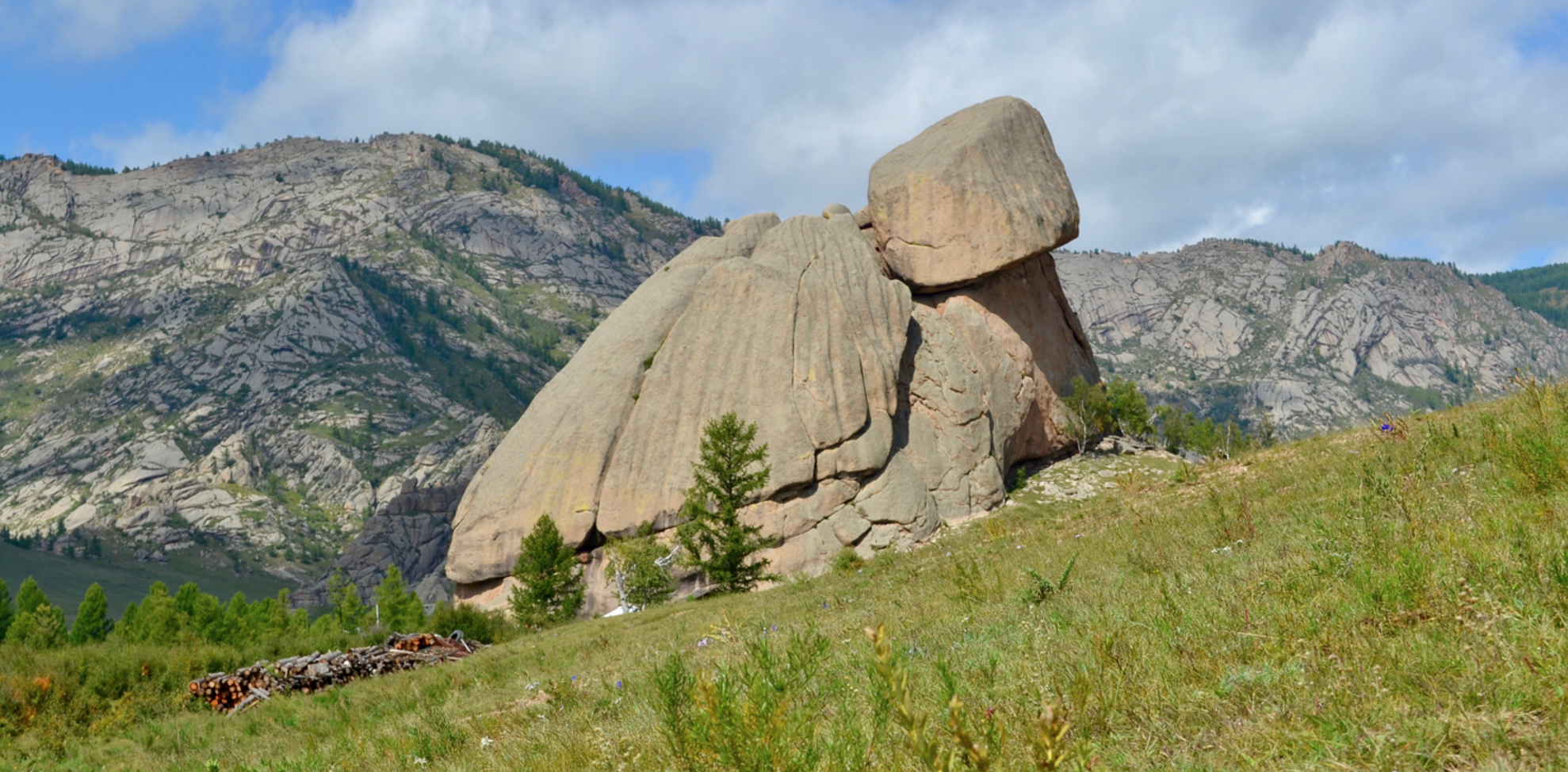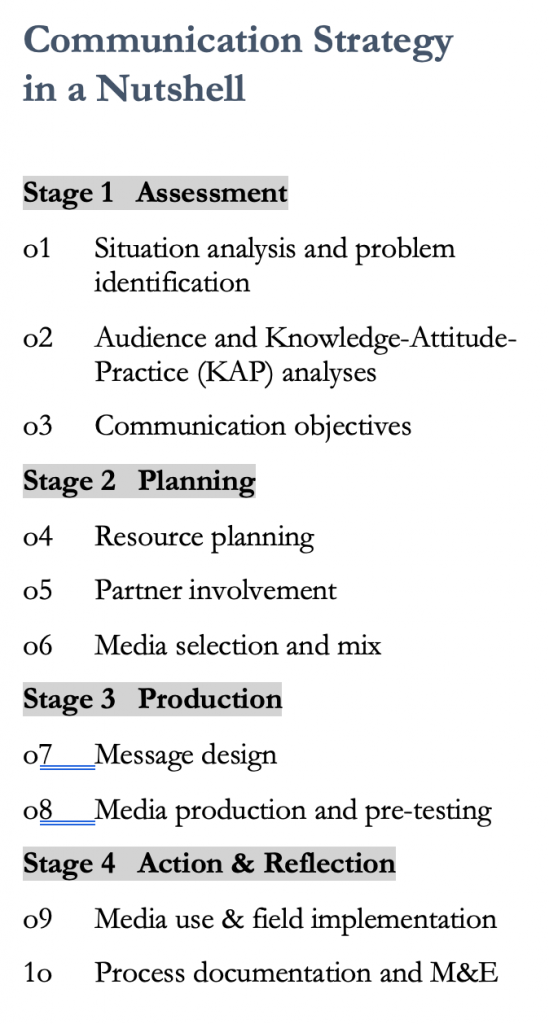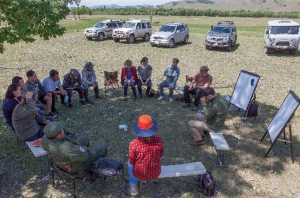National Environmental Education and Communication Strategy for the Protected Areas System in Mongolia

 The GIZ SPACES project completed a national environmental education and communication strategy (EECS) for the system of protected areas (PAs) in Mongolia. It is the conceptual cornerstone of the project’s outreach output to raise the environmental awareness of PA-related visitors, local people and experts. The strategy is based on the results and conclusions from local partners’ capacity needs assessments, and uses a 10-step EECS toolkit developed by GIZ for OECD-DAC. It looks into target groups’ knowledge, attitudes, and practices (KAP), defines communication objectives, and selects an appropriate mix of media and messages to be delivered to specific groups.
The GIZ SPACES project completed a national environmental education and communication strategy (EECS) for the system of protected areas (PAs) in Mongolia. It is the conceptual cornerstone of the project’s outreach output to raise the environmental awareness of PA-related visitors, local people and experts. The strategy is based on the results and conclusions from local partners’ capacity needs assessments, and uses a 10-step EECS toolkit developed by GIZ for OECD-DAC. It looks into target groups’ knowledge, attitudes, and practices (KAP), defines communication objectives, and selects an appropriate mix of media and messages to be delivered to specific groups.
The Supporting Protected Areas for the Conservation of Ecosystem Services – SPACES project assists the Ministry of Environment and Tourism (MET) in Mongolia in its efforts to improve the framework conditions for the sustainable development and management of its PA system. The project creates the prerequisites for environmentally responsible protected area management, with the aim of conserving biodiversity and safeguarding livelihoods.
Mongolia’s diverse landscapes provide habitats for a large number of plant and animal species. This biodiversity forms the basis of Mongolia’s economy, culture and development. To conserve biodiversity, the government has established national and local protected areas (PAs) on almost 30% of the country’s area. However, climate change and the exploitation of natural resources are threatening the biodiversity and ecosystems of this extensive system of protected areas.
A large section of the rural population lives in and around protected areas. Their livelihood depends on intact ecosystem services protected to a large part by these protected areas. However, the system of protected areas has so far been unable to fully prevent environmental damage and to ensure the sustainability of ecosystem services.
Among other measures, entertaining environmental education and communication through a variety of media and materials are planned to help residents in PAs and buffer zones, tourists and visitors, as well as experts be better informed on the importance of ecosystem protection.

Ranger training in the Khan Khenti Special Protected Area. Credit : Markus Pesch. Source/Copyright : SPACES project
To this effect, SPACES commissioned a target group specific environmental education and communication strategy (EECS) for the PA system. The intended impact is thatEEC measures will result in sound knowledge about ecosystem services and its economic and cultural importance. The associated positive attitudes and practices of local experts, communities and visitors at PAs are a premise for an effective and sustainable protected area system and the protection and valorization of ecosystems as a public good. A well-functioning partnership between PA administrations and non-government organizations (NGOs) is expected to enhance the roll-out of EEC methods, formats and products in a tried and tested multi-level approach.

WWF comic on the snow leopard. Credit : WWF. Source/Copyright : WWF
The strategy’s required resources in terms of time, staff, funds, etc. need to be realistically determined in an action plan in line with the capacities of the SPACES project to finance and manage social media and marketing campaigns or other EEC products and formats. In addition, potential partners will be identified, who could co-finance (donors), assist or contribute (NGOs) to the EECS. Due to the Covid-19 pandemic, a related action plan together with stakeholders can only be developed in early 2022.
An appropriate mix of mass media and community-based communication channels will allow for outreach to most promising target groups. Different media serve different functions, e.g. social media are good for mobilization but not good for learning, radio or theatre are very emotional but may be expensive in pre- and post-production. Media selection, therefore, depends on many factors such as budget, national/local audience, urban/rural location, culture, or the call for which action. Hence, a Head-Heart-Hand approach in EECS is applied that aims at all dimensions of perception and learning, and special attention will be paid to the use of social media and web applications. GIZ SPACES and its partners will design appealing messages for strategic target groups, and recommend which media should be produced within the timeline and budget of the EECS. The project will also be advised on how the media and materials produced can reach out to targeted audiences most effectively, and how robust impact assessment methods and tools can monitor whether the strategy is reaching its goals.
Link to further information (see PDF attached)
Link to 10-step EECS toolkit
Contact Person
Michael Trockenbrodt, Project Manager
Key buzzwords
environmental education & communication strategy (EECS), 3H learning: Head-Heart-Hand, edutainment, environmental media & materials, KAP surveys, Mongolia

